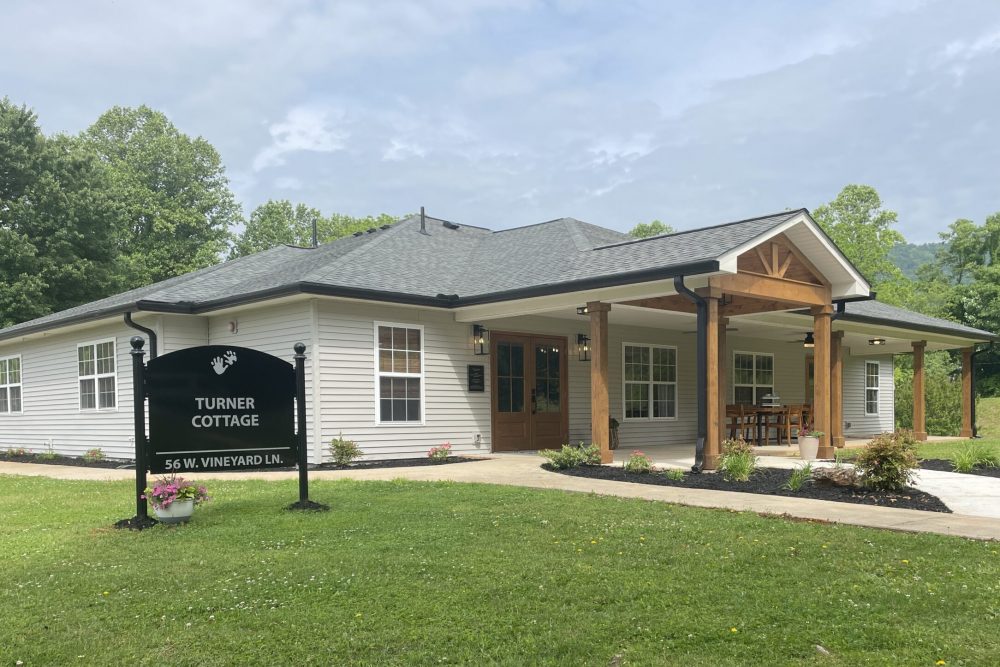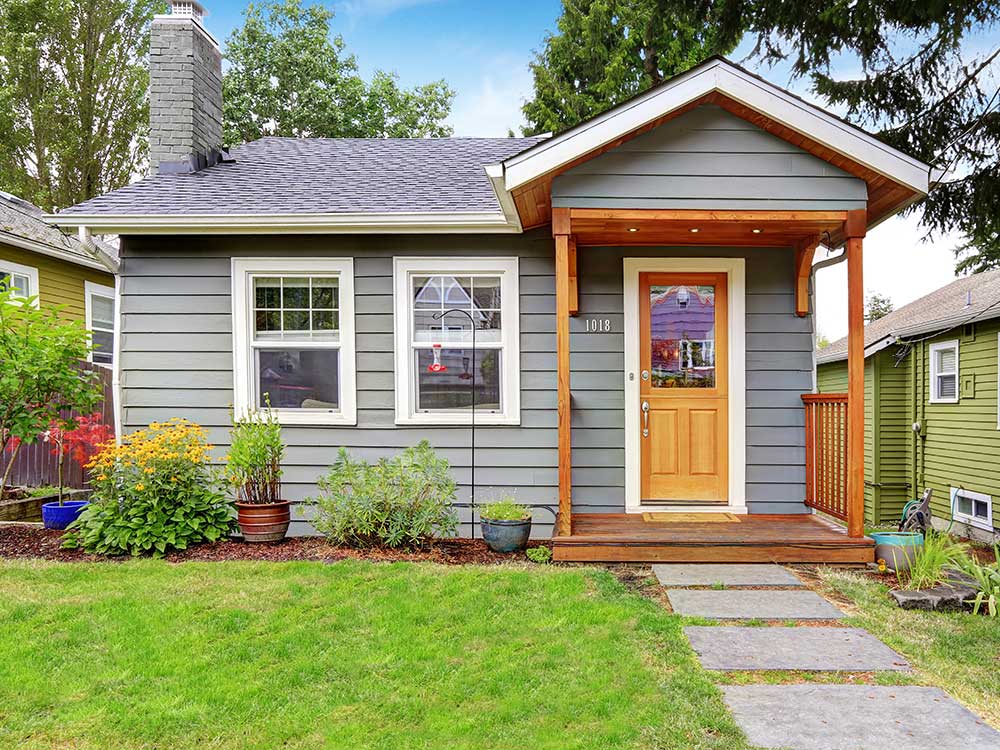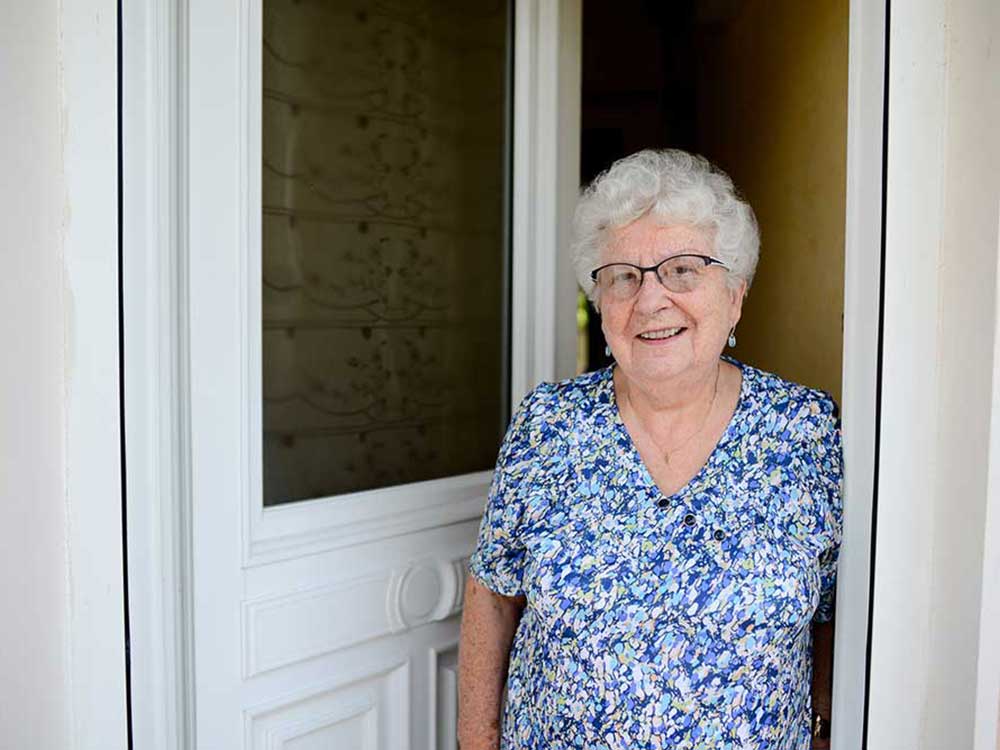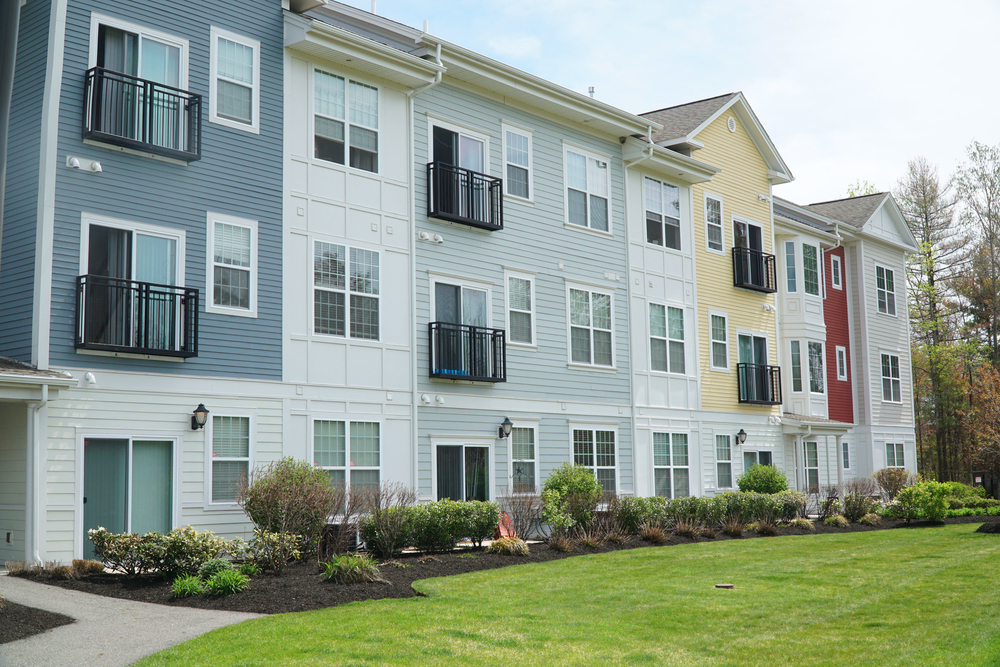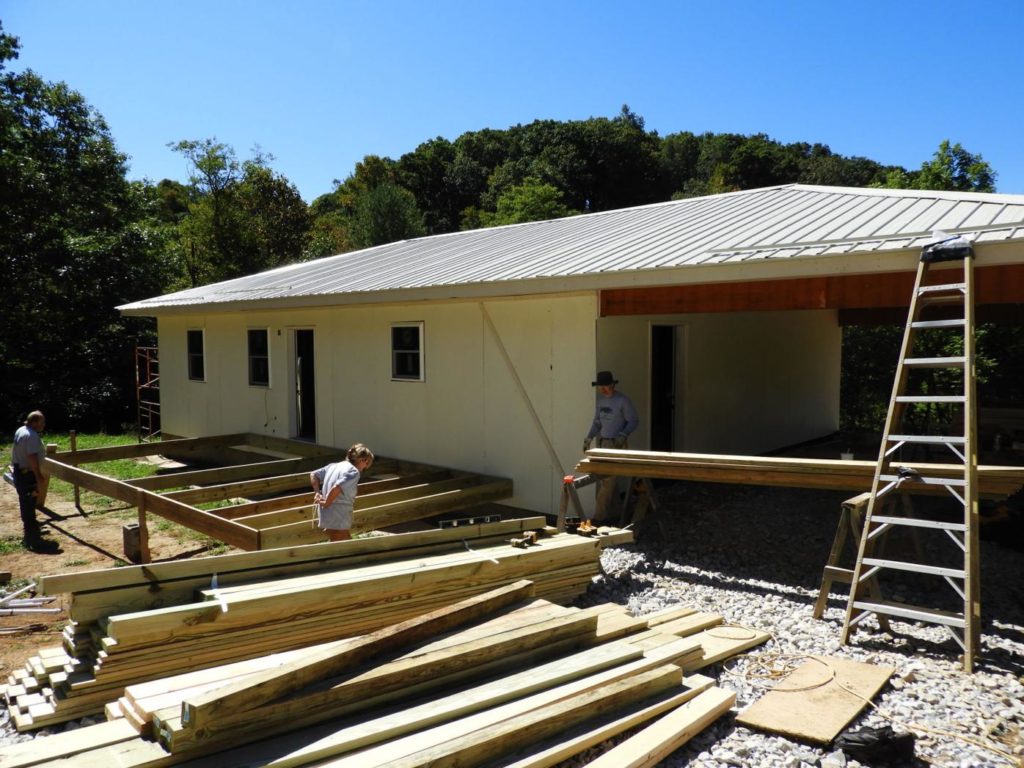With North Carolina’s highest foster care entry rate, standing at around 9.3 per 1000, Clay County faces a pressing issue when it comes to meeting the needs of local foster children and families. Supportive environments that provide stable housing and nurturing relationships are vital for children’s growth and wellbeing. However, a shortage of foster homes – especially for larger sibling groups – often means that children are displaced from their home community or separated from their siblings in order to be housed.
Older children and young adults who will soon age out of foster care face additional challenges. Nearly a quarter of Clay County’s children in foster care risk aging out of the system without a stable living situation. The county lacks a shelter for unhoused individuals, contributing to higher rates of housing insecurity and homelessness for young adults leaving the foster care system.
Moreover, in rural communities like Clay County, children in foster care and their foster families can face additional obstacles to accessing comprehensive care and services. Challenges associated with social and geographical isolation include a lack of transportation, supportive infrastructure, medical facilities, specialists, and more.
This is why Clay County is one of 30 communities served by Baptist Children’s Homes (BCH). In partnership with Clay County DSS, the Truett Baptist Association, Dogwood and more, BCH operates two foster homes in Clay County through their Cottage Home Care program. This program provides children with holistic care and services to meet their unique needs.
One of these homes is the Turner Cottage, named after contributing community partners C.B. and Judith Turner. Designed with large sibling groups in mind, the Turner Cottage provides a nurturing environment for up to six children under the guidance of loving foster parents. Further, compassionate BCH staff members offer support, assisting families in navigating the complexities of the foster care experience.
The other home is an independent living/shared apartment environment designed for young adults ages 18 to 25. This initiative recognizes that the transition to adulthood can be challenging, and these individuals need support to navigate life’s complexities. In this dedicated space, they not only find a safe and stable living environment but also gain access to resources such as medical and mental health care, mentoring, job skills training, employment support, and educational opportunities.
By providing compassionate care, stable housing, and comprehensive support services, the Baptist Children’s Homes in Clay County are transforming the landscape of foster care in the community and making a profound, lifelong, positive difference in the lives of local children and youth in foster care.

